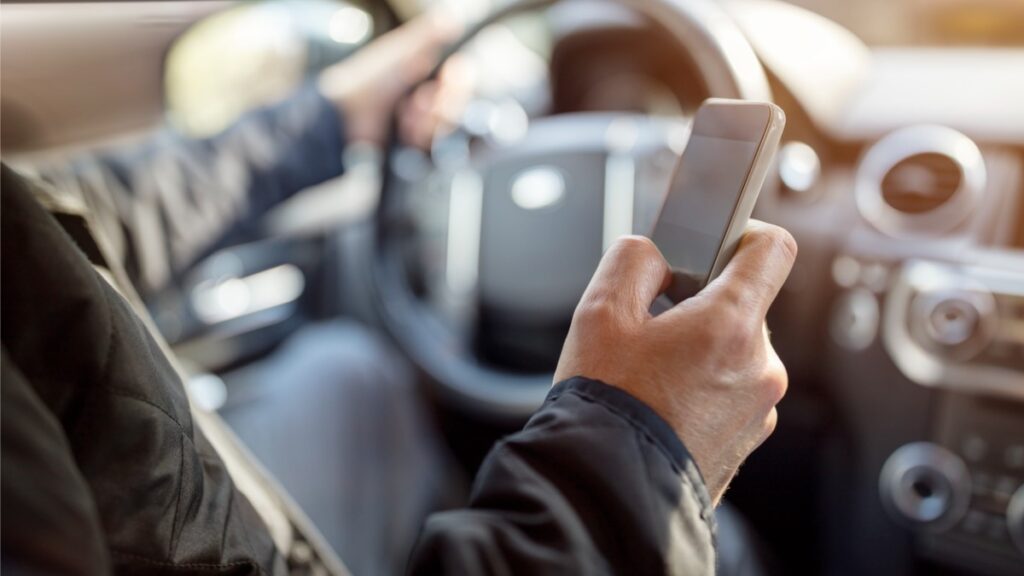
Avoiding some risky driving behaviors can make all of the difference in keeping you, fellow passengers and other drivers safe.
If you have been injured in a car wreck, please don’t hesitate to contact us to discuss your options. You can contact us by phone at 864-235-4999, by clicking the button below or through our contact form.
Before delving into the subject of risky driving behaviors, it’s important to first remember that driver behavior isn’t the only cause of a car wreck. Hazardous situations can also cause wrecks, such as the absence of a guardrail or other barriers that protect a dangerous location along a highway.
Risky Driving Behaviors
Nighttime Driving
The most common risky driving scenario involves nighttime driving. In 2019, 40 percent of teen drivers and passengers were involved in wrecks between 9 p.m. and 6 a.m.
Teens between the ages of 16 to 19 are three times more likely than adults ages 30 to 59 to crash when driving at night. Males are almost twice as likely to crash at night as females. Teens with a family rule of no nighttime driving were less likely to do so than those without a rule.
Moreover, cars with unsafe or inadequate headlights also lead to an increased risk of wrecks when driving at night. Brighter headlights with a wider peripheral cast allow drives to see and react to hazards and, thus avoid a crash.
Passengers
Studies show that if teens are driving alone they are less likely to get into a crash. The more passengers they have in the car with them, the higher the chances of a fatal car crash due to distraction and possibly peer pressure.
Excessive Speed
Excessive speed is an additional common risky behavior among teens. Speeding can increase the likelihood and severity of a crash.
According to a CDC study, “In 2018, 30 percent of male drivers aged 15–20 years and 18% of female drivers aged 15–20 years who were involved in fatal crashes were speeding.”
Statistics show that teens whose parents model safe driving behavior are less likely to speed.
Electronic Devices
The use of electronic devices while driving is an obvious risky behavior. Answering a text, talking on the phone or looking for directions are all examples of digital distractions.
Research shows that just a single glance off the road for two seconds can increase the likelihood of a teen crashing by nearly four times. Sending or reading a text message takes the driver an average of five seconds to look off the road. You can learn more about these digital distractions by clicking the button below:
Digital Distractions
Seatbelt Use
In 2019, almost half of teen driver deaths between the ages of 16 and 19 were not wearing a seat belt when the crash occurred. When used correctly, seat belts reduce the risk of death for front-seat passengers by 45 percent.
Under the influence
The final risky driving behavior that is avoidable is driving under the influence of alcohol or drugs. When a person’s normal capacity to act or operate a motor vehicle is inhibited by alcohol or drugs, there is a higher probability of a motor vehicle crash.
Alcohol also increases the likelihood of other risky behaviors such as not wearing a seat belt. In 2018, 69 percent of drivers aged 15–20 who were killed in motor vehicle crashes after drinking and driving were not wearing a seat belt.
Risky Driving Behaviors Summary
If you or a family member or friend have been involved in a serious car wreck in Greenville SC, call our law offices for a free consultation, so you can know your options to make a sound decision going forward.
[ninja_form id=1]

